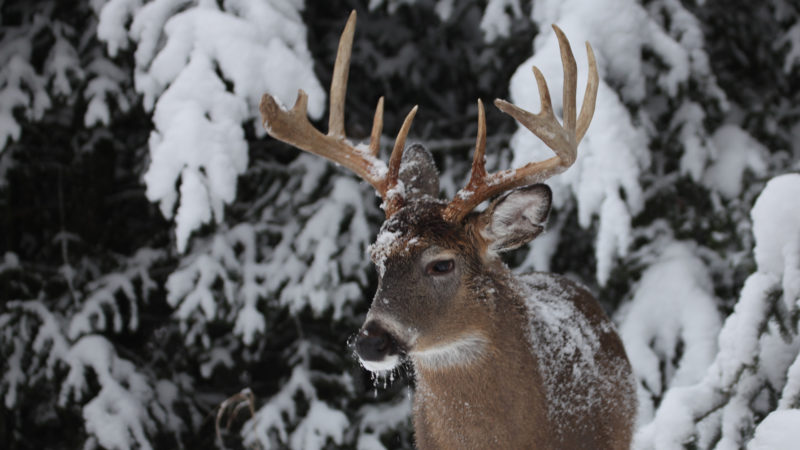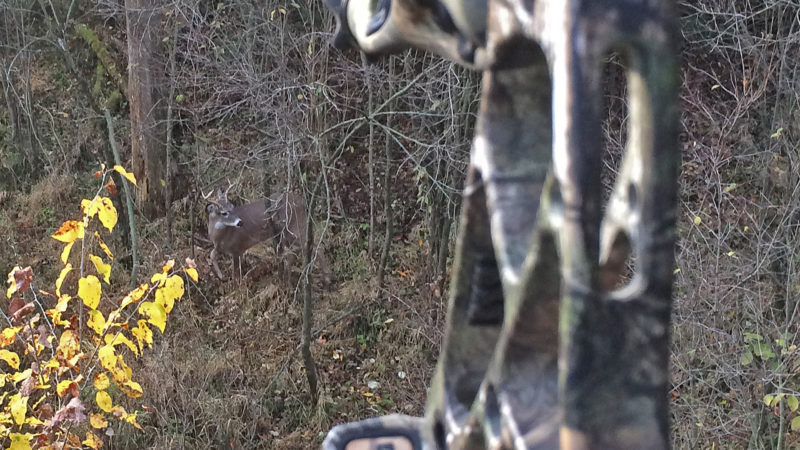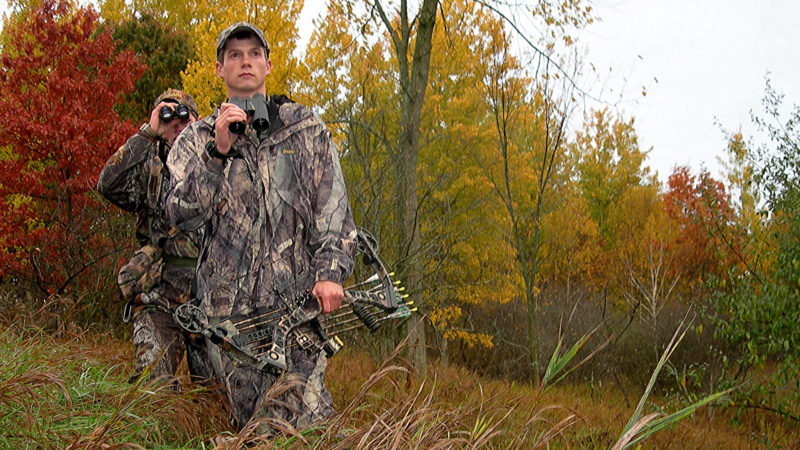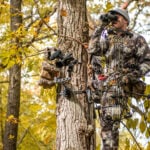If you’re interested in learning more about bowhunting’s modern-day history, you’ll find no better place to start than Wisconsin.
Wisconsin, after all, established the nation’s first bowhunting season in 1934. The people responsible for that feat didn’t stop there. To ensure bowhunting maintained its place in the deer woods, the season’s originators next created the Wisconsin Bowhunters Association, which this year marks its 81st anniversary.
But here’s an interesting twist: When Wisconsin launched its inaugural archery-specific season in 1934, a nonresident recorded the season’s first kill. In fact, Bill Ostlund – an Illinois flatlander – recorded the only kill that season.

Fortunately, the first deer bow-killed by a Wisconsinite in modern times fell four years earlier, during the December 1930 gun season. That archer was Roy Case of Racine. Case eventually became known as the “father of Wisconsin bowhunting,” but he still had a hand in Ostlund’s success in 1934. That is, Case was Ostlund’s host when the Chicagoan arrowed his buck.
We should also note that Case’s 1930 bow-kill — a spike-horn from Vilas County — occurred only because he carried a letter from the state’s chief game warden, Harley Mackenzie. That note — much like a hall pass from a teacher — allowed Case to use a bow instead of a gun. Not until 1932 did Wisconsin allow every legal hunter to use archery gear during gun season. And then, of course, no bowhunter killed a deer that season.
Why did all those events occur in even-numbered years? Because from 1925 through 1935 the Wisconsin Conservation Department forbid deer hunting in odd-numbered years.
And just to nitpick, the Wisconsin Bowhunters Association was originally called “The Bowhunters Of Wisconsin.” That changed when 140 bowhunters paid $1 each to attend the organization’s launch meeting on March 30, 1941, and forthwith they considered a different name. When they voted in late afternoon they took “Wisconsin Bowhunters Association” as their official name and “WBH” as its designated abbreviation.
How do we know such details? Because they’re in a comprehensive book titled, “The History of Wisconsin Bowhunting: 1930-2016,” by Bill McCrary of DeForest, Wisconsin. McCrary is a lifelong bowhunter and the state’s unofficial bowhunting historian. Officially, McCrary, 78, is director of the Wisconsin Bowhunting Heritage Foundation and also serves as a WBH director.

McCrary’s 323-page history book is interesting and comprehensive. His clean, clear writing and extensive use of historical photos convey his deep knowledge of bowhunters, bowhunting, Wisconsin and the WBH itself.
In fact, no one has sneezed through more dusty papers than McCrary over the years as he scoured folders, file cabinets, bookshelves, photo albums and log books to meticulously craft this rich history book. Besides studying the personal files of famous state archers, McCrary also sleuthed the archives of rural libraries, police stations, Department of Natural Resources’ offices, and the Wisconsin Bowhunting Heritage Hall of Fame in Clintonville.
“Wisconsin’s bowhunting history has never been available in any one place or from any one person,” McCrary said. “I wanted to put everything in one place for everyone to enjoy. I felt some urgency because files are falling apart and old-timers are fading away.”
Realize, too, that McCrary’s book reflects his personality and interests, which don’t include bear hunting. “I’m just a deer-hunting bowhunter,” he shrugs.
He also didn’t include any happy-hunter chapters or listings/standings of antler scores. McCrary simply doesn’t glorify trophy bucks and those who hoot, holler, twirl and high-five everything within reach after shooting one. If he were a smoker, he’d just stand back from his kill after finding it, and quietly puff a cigarette while appreciating the moment.
As you read McCrary’s book, you also reflect on how much Wisconsin’s recent archery-deer seasons differ from their 1934 seedling. For one, the statewide deer herd far exceeds what it was four-score and eight years ago.
Also, besides Ostlund’s buck being the only bow-kill of 1934, the only counties open for the five-day bow season were Sauk and Columbia. And the state sold merely 40 archery licenses.
In contrast, Wisconsin’s 2021 bow season ran 113 consecutive days through Jan. 9. That lengthy hunt allowed archers to register nearly 39,000 deer with compounds and recurves, and over 58,350 deer with crossbows.
Even so, the biggest change in Wisconsin bowhunting occurred from the mid-1970s to mid-1980s, powered by what McCrary calls “bowhunting’s trilogy” of compound bows, release-aids and portable treestands.
Wisconsin’s bowhunting population grew from the original 40 in 1934 to about 104,000 during the late 1960s to early 1970s. During those first 35-plus seasons, bowhunters hunted primarily from the ground while shooting longbows and recurve bows with wooden, fiberglass or aluminum arrows.

Things started changing fast about 1971 when Wisconsin legalized treestands, and bowhunters recognized the huge advantages of compound bows and release-aids.
Consider: In 1973, Wisconsin sold 105,875 archery licenses and bowhunters killed 8,456 deer, an 8% success rate. In 1984, Wisconsin sold 205,132 archery licenses, and bowhunters killed 38,891 deer, a 19% success rate. In other words, the number of licensed bowhunters nearly doubled, and they killed 4.6 times more deer.
It also helped that Wisconsin’s deer herd was booming those years. Even though gun-license sales increased by less than a third (514,626 to 657,969), the gun-kill more than tripled (82,105 to 255,726). Big whitetail states like Michigan, Ohio, Pennsylvania and New York experienced similar increases during that era.
Perhaps more interesting is that today’s bowhunters know more about deer and deer hunting than did archers of those early years. “Back then, bowhunters just copied rifle-hunting methods,” McCrary said. “They did drives, waited on the ground in funnel areas, and shot at deer as they ran by. I knew a good bowhunter in the 1970s who was surprised to hear a buck grunting like a pig during the rut. He didn’t know they did that. Today we use grunt calls, we hunt from trees, and we study rubs, scrapes and the deer’s travel patterns.”
Even so, most bowhunters of all eras haven’t documented their own histories. As McCrary notes: “Most means of gathering bowhunting history are incidental to other purposes. That guarantees the fragmentation I keep trying to unify.”
McCrary is filling that void. His book has one notable flaw, however: It lacks an index. But knowing McCrary, he’ll address that, too, at some point. This is history, after all.

 By
By 



